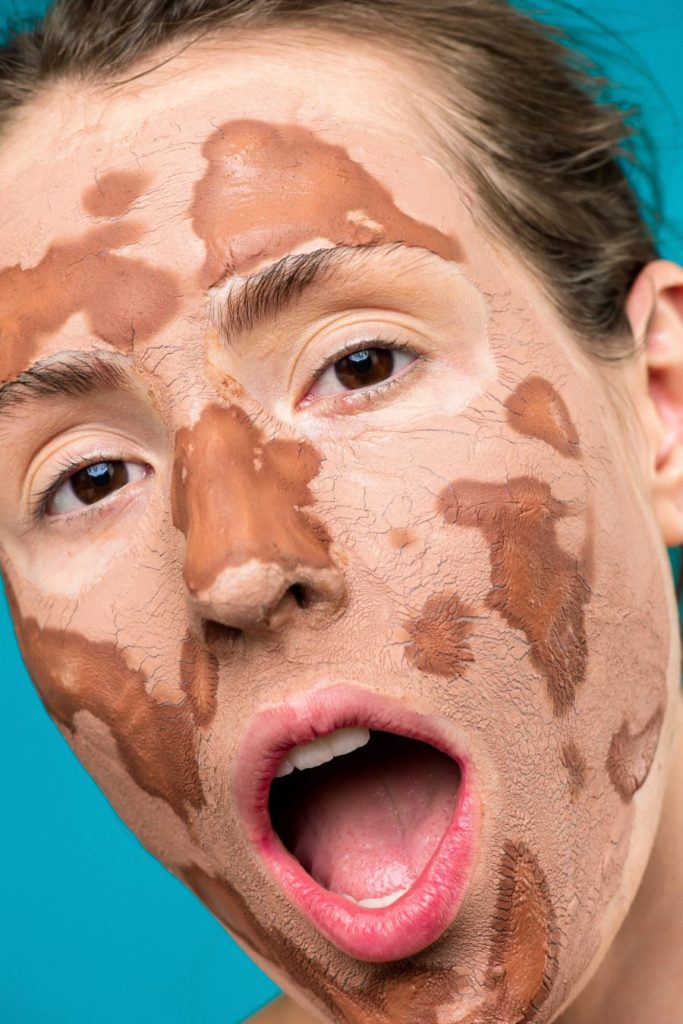Trichologist Talks About Common Barbershop Diseases
Do you want to know about common barbershop diseases from the experiences of a Trichologist? These diseases are usually caused by the barbers’ poor sanitization and spread for the same reason. For the clients’ head and hair, barbershop diseases can be really dangerous, especially if they are contagious.
But what is a Trichologist? They are the people who are engaged in the diagnosis and treatment of hair loss and various other hair disorders. They are not medically qualified, but they’re medically trained in the head and scalp regions. Their knowledge, experience, and advice can be counted on proper diagnosis and information.
Lets discuss some of the most commonly seen barbershop diseases, their causes, and how to prevent them.
Have you ever noticed a crusty scalp on one of your clients?
This can be a sign of Impetigo. It is a common bacterial infection among barbershop visitors and is highly contagious. It usually happens around the mouth or over the top lip but can also be seen on other parts of the face. It is so contagious that it can easily transmit from person to person — usually the barber themself — just by touching someone else without washing their hands.
What happens is that the bacteria that is on our nose and is supposed to stay there drips down to the place over the top lip, especially when a child catches a cold. So when the bacterias come in touch with a different environment than the one they’re used to, they can become pathogenic and thus cause Impetigo.
This can look somewhat like a crust on your skin. Other times it can look red and scaly, just like a rash. That’s why it can often be mistaken for simple dry skin by someone who isn’t aware of the symptoms or is not expecting to catch a barbershop disease. Therefore, just like a barber should use Mane Caper’s amazing capes, they should also sanitize their hands after each and every client so as to not risk spreading any potential bacteria.

Have you heard of Ringworms?

You must have. Ringworm is a fungal infection caused by a group of yeast or fungi called dermatophytes. These fungi will target the nails, hair, and skin. It is more common in children than adults, as adults are more resistant to it. Just like Impetigo, Dermatophytes are very contagious and can spread not only from person to person but also through tools. Tools like combs and brushes, usually called Fomites, can easily carry the fungal infection.
There are many kinds of Ringworms, just like there are many designs of capes offered in Mane Caper. Some ringworms can look like an ordinary, scaly patch of skin on the scalp, which can simply be dismissed as dandruff though it is much more serious. The Black Dot ringworm gives you circular bald patches, and in those patches, you will get short, broken hairs. But they’re not easy to see unless checked under a magnifying glass.

What causes Ringworm
This Ringworm disease is also often mistaken as another condition called Alopecia Areata, which is just a common cause of hair loss in small patches. This disease is not contagious or anything, which is why most people wouldn’t be that worried about it while unintentionally transmitting it.
Again, the barber can be directly responsible for spreading this infection if they don’t regularly sanitize their hands. But of course, since it is more common among children, it can spread from one child to another whenever their heads or their hands come in contact.

Do you tend to scratch your head frequently whenever it's itching slightly?
Careful, it might lead to Folliculitis, which is the infection of hair follicles. It is another disease Trichologists frequently come across. It can be caused by the way someone’s hair is curbed. It is not really a contagious disease, but if often seen among people who have very short or shaved haircuts.
This disease is more commonly seen among young black men. Since black people have curly hair, it probably goes slightly lower than the scalp surface when the hair is shaved. So when the hair starts to grow, it bends over, scratches, and tickles the scalp, which causes itchiness for the person. And do some research for curly hair in regular days.
Once the person starts scratching, it can cause secondary infection around the hair follicles. Though it’s not transmitted as such, it can be caused by any cuts or abrasions to the skin. So if someone is shaving their head, or using clippers, or anything that is scratching the surface of their scalp, it can cause the scalp to become very itchy and eventually lead to Folliculitis.
What does Folliculitis look like?
If the Folliculitis looks like a cluster of bumps or raised portions of the skin, it is called Folliculitis Keloids. These are scars, which are more prominent in black people’s skins and can even be genetic. Keloids are often seen along with Folliculitis because the scalp has been scratched, the skin gets damaged, the damaged skin scars, and causes Keloids.
So Keloids can be basically called the end result of Folliculitis. But not everyone is prone to Keloids. Regardless, scarring can still occur. If it doesn’t lead to Keloids, it might lead to a flat, shiny scalp. Lucky for you, Keloids can be avoided by being more careful. However, avoiding the high-quality capes found in Mane Caper’s collection is not so wise.
How do you avoid Folliculitis?
To avoid getting Folliculitis and/or Keloids, it is important to continuously try not to scratch your head, even if the urge arises continuously. Keep the scalp moisturized, and choose the right shampoo for your hair. And if your scalp is too itchy, you should apply ointments or lotions to calm down the itch.
It’s also encouraged by Trichologists to let the hair grow because once it grows up after a certain point, there won’t be any more itching. The more times you cut your hair short, the more times it will itch while regrowing, and the more potential for scalp damage you will face. So it’s best to avoid the initial cause of the problem instead of always looking for a treatment.

In Conclusion
Now you know about these potential diseases that you need to be careful of, regardless of whether you’re the barber or the client. Instead of dismissing common symptoms, it is always advisable to go visit a Trichologist, just in case. Also, if you’re a barber, don’t forget to use Mane Caper’s capes for your clients—we guarantee you the best.

